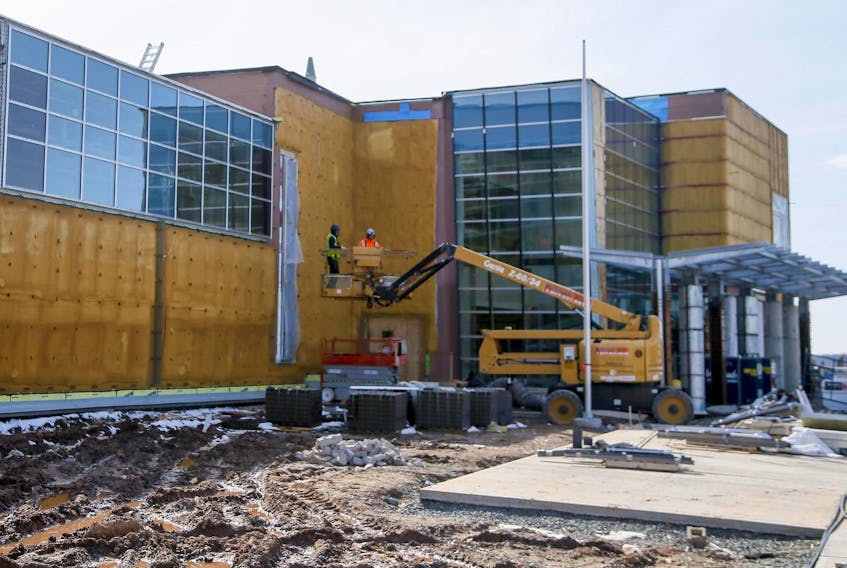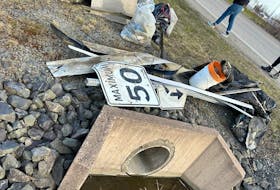Education Minister Zach Churchill introduced plans to speed up school construction projects in the province on Tuesday but critics say it will be at the expense of public input and transparency.
The province established a new committee that will “review and prioritize” proposed school construction projects. It includes regional centres for education, the Conseil scolaire acadien, and staff from the departments of Education and Transportation.
The committee is tasked with reviewing projects and assigning a priority rank of high, medium or low, before being submitted to government for final decisions based on “budget and regional fairness considerations.”
Under a new school site selection plan, fewer locations are likely to be considered for new schools. Churchill said under the old practise possible sites would be chosen without undergoing, among other things, technical evaluations to determine if the site is appropriate and has access to power, water, sewage and transportation,
“That contributed to delays in construction, so we’re moving from a process where a committee chooses sites without technical evaluations, to a process where a technical evaluation is done first before we go to the community for input.”
He said the public would still have input on school design. If two or more viable sites meet the technical criteria, the community would be consulted on the preferred option, according to the plan. In the event there is only one suitable site option, government may choose to proceed with building a school in the location and will provide information to the public on the site.
NDP Education critic Claudia Chender has been an outspoken opponent of the province’s decision to disband elected school boards. She said Tuesday’s announcement is one of many limiting public accountability and transparency.
“This new process continues the Liberal government’s pattern of leaving out community voices and lacking commitment to transparency,” said Chender. “Schools are vital community hubs. Residents served by these schools know best what sites would work for them. When eliminating school boards, the minister said communities would have more direct access to decision-making, but this new policy is the opposite of that.”
She also pointed to the Nova Scotia auditor general’s call for a more transparent process for school site selection.
“This new process still doesn’t address concerns about political interference in school construction or guarantee that any input from parents and families will be taken into account.”
But Churchill dismissed those concerns.
“I don’t understand those arguments,” said Churchill. “This is taking an operational process to choose schools and making it more efficient, making sure the community has the technical information that they need to understand the sites that are even viable before they provide feedback to the department.”
But Melinda Daye, former chair of the Halifax Regional School Board, sides with Chender. Though imperfect, school boards provided the only true means of keeping the the department of education accountable to the public. In there absence parents are being cut off from having a say in how schools in their communities are run,” she said.
“I think communities and parents are really missing that engagement,” said Daye. “Through the process of engaging with parents, getting that extra information they needed from the superintendent, the department of education, we had to make informed decisions.”
“We’d go out to school sites and we’d have senior staff with us. We’d have people from the community walking with us. Now that vital engagement is gone.”









